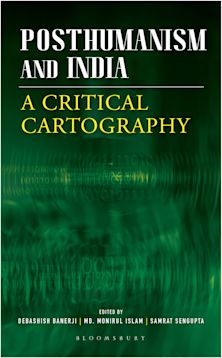This product is usually dispatched within 2-4 weeks
- Delivery and returns info
-
Flat rate of $10.00 for shipping anywhere in Australia
Description
Warning signs are all around us. In ancient Egypt, tombs were lavishly adorned with signs and symbols warning of the dire consequences that would befall any robbers and thieves. And yet these signs were often read as provocations and challenges. Why was this? And how could we more effectively communicate dangers from our world, such as toxic waste, to future civilizations?
This book examines and evaluates the kinds of signs, symbols, narratives and other semiotic strategies humans have used across time to communicate the sense of danger. From paleolithic cave art and ancient monuments to the dangers of nuclear waste, carbon emissions and other pollution, Marcel Danesi explores how danger has been encoded in language, discourse, and symbolism. At the same time, the book puts forward a plan for a more effective 'semiotising' of risk and peril, calling on linguists, semioticians and agencies to face up our collective responsibilities, and work together to more clearly communicate vitally important warnings about the dangers we've left behind to civilizations beyond the semiotic gap.
Table of Contents
2. Semiotic Principles
3. The Sebeok Study
4. Language
5. Visual Symbolism
6. Mythology and Popular Culture
7. Semiotizing the Message
Glossary
Bibliography
Index
Product details

| Published | 10 Mar 2022 |
|---|---|
| Format | Hardback |
| Edition | 1st |
| Extent | 192 |
| ISBN | 9781350178298 |
| Imprint | Bloomsbury Academic |
| Dimensions | 234 x 156 mm |
| Series | Bloomsbury Advances in Semiotics |
| Publisher | Bloomsbury Publishing |
Reviews

ONLINE RESOURCES
Bloomsbury Collections
This book is available on Bloomsbury Collections where your library has access.



































